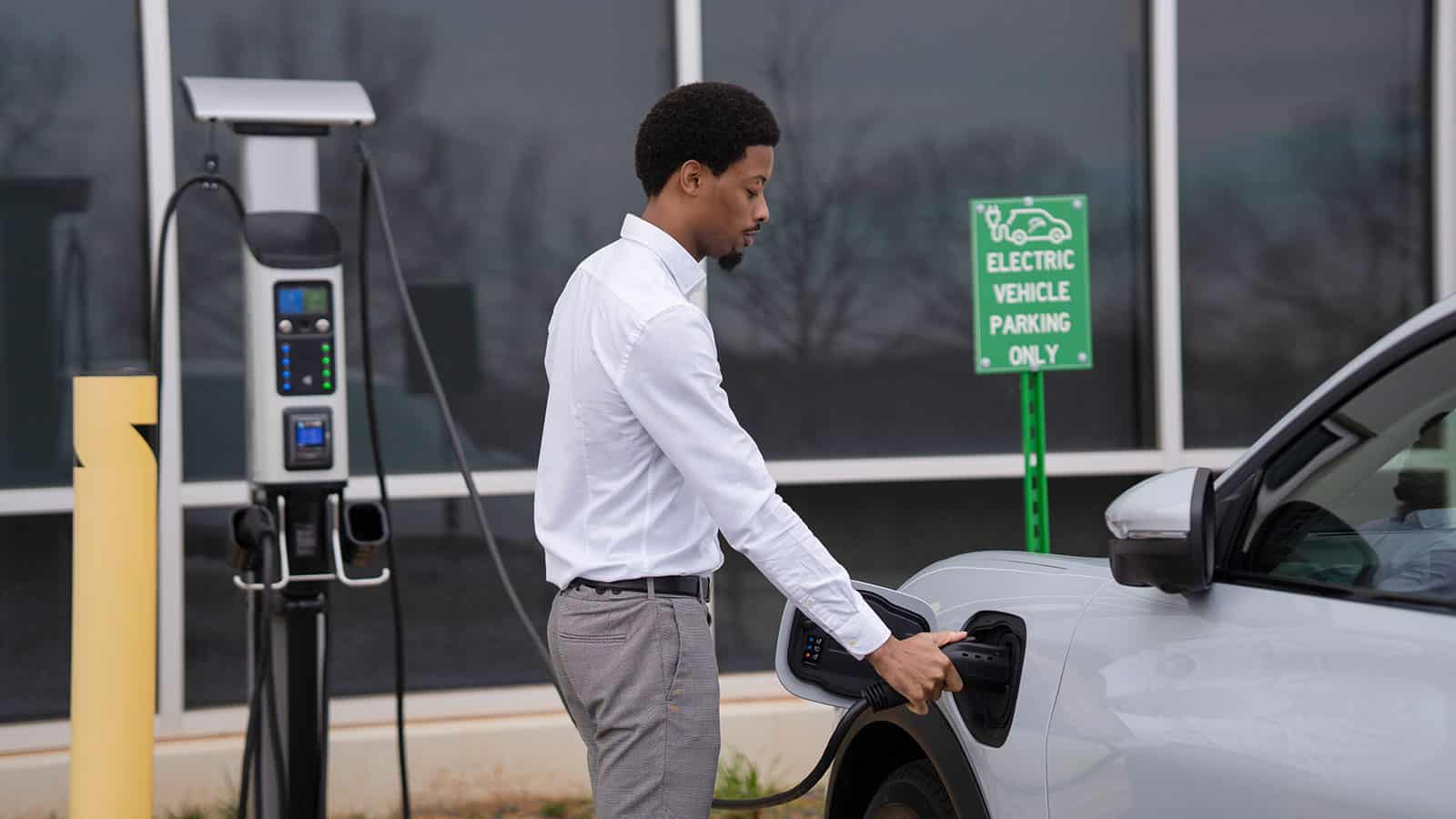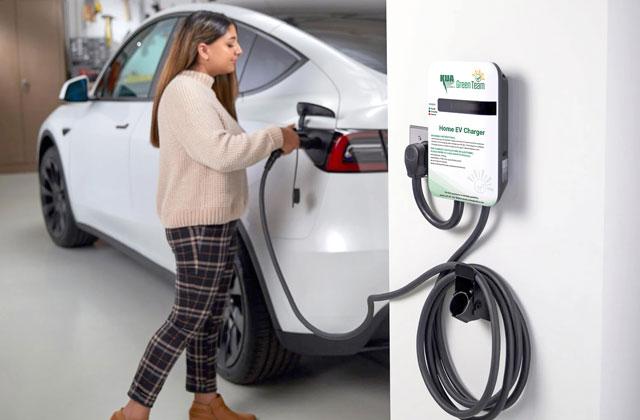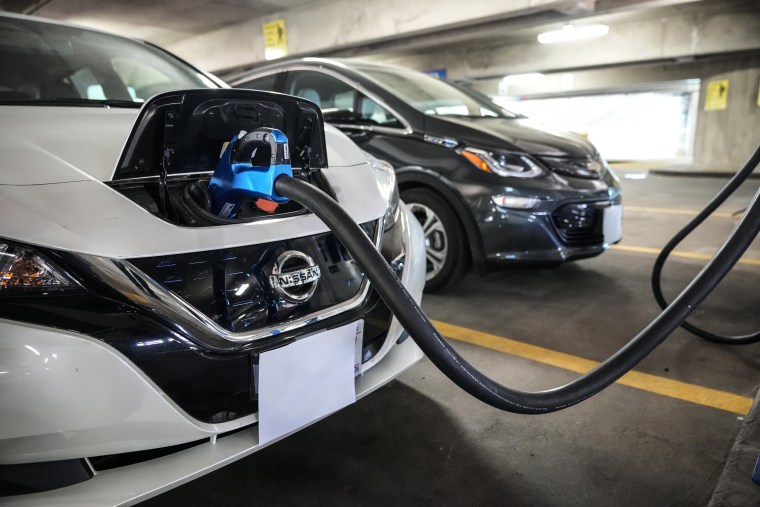New Dope in EV Charging: How the Market Is Advancing to Fulfill Need
As the electric automobile (EV) market proceeds to expand, the billing framework is undergoing substantial changes to address the surging need. The ramifications of these developments elevate essential questions about the future of EV charging and its duty in the more comprehensive power ecosystem.
Development of Charging Infrastructure
The fast expansion of electric vehicle (EV) billing facilities is an important part in assisting in the extensive fostering of electrical movement. As federal governments, private firms, and consumers significantly acknowledge the relevance of lowering carbon discharges, investments in billing networks have actually surged. This facilities growth is important to ease range stress and anxiety, making certain that EV users have practical accessibility to charging stations.
Considerable developments in billing terminal technology and deployment methods have arised. Urban areas are seeing a proliferation of public charging stations, while rural areas are progressively being incorporated right into the billing network. Furthermore, collaborations between vehicle makers and charging suppliers are ending up being extra usual, promoting the establishment of comprehensive networks that improve customer experience and availability.
Additionally, the assimilation of renewable resource sources right into charging stations is getting energy, promoting sustainability in the EV environment. This change not just supports ecological objectives however additionally straightens with the climbing need for eco-friendly energy remedies amongst customers.
Ultra-Fast Charging Technologies
Ultra-fast charging technologies stand for a considerable jump onward in the EV billing landscape, making it possible for electrical lorries to reenergize in a portion of the moment contrasted to standard charging approaches. These advancements usually supply power levels going beyond 150 kW, with some systems rising to 350 kW or more, considerably minimizing charging times to as little as 15-30 minutes for a significant fee.
Trick allowing technologies include innovations in battery chemistry, power electronic devices, and thermal administration systems. For instance, high-capacity batteries with enhanced thermal stability permit faster charging without overheating. Additionally, growths in charging facilities, such as liquid-cooled cables and modular charging terminals, promote effective power transfer, improving the total user experience
Major automobile suppliers and innovation firms are proactively investing in ultra-fast billing networks, recognizing the important duty they play in getting rid of variety anxiety and increasing the adoption of electrical automobiles. As these technologies end up being a lot more extensively available, the EV market is expected to witness substantial growth, making electric movement a much more attractive alternative for customers. In general, ultra-fast charging innovations are crucial in forming the future of sustainable transport, paving the means for a much more efficient and considerable billing environment.
Smart Grid Combination

With need response strategies, smart grid systems can change billing schedules based upon grid problems and power rates. For example, throughout durations of high demand, billing can be postponed to off-peak hours, resulting in reduced expenses for customers and decreased pressure on the grid. In addition, vehicle-to-grid (V2G) modern technologies make it possible for EVs to release power back right into the grid, boosting and giving ancillary services grid security.
Integration with renewable resource resources this article additionally enhances the sustainability of EV billing. By aligning charging tasks with durations of high solar or wind generation, wise grids advertise a greener charging infrastructure. Inevitably, smart grid integration not only supports the expanding need for EVs but also adds to an extra resistant and sustainable energy future, placing the industry for lasting success.
Battery Advancements
In the middle of the quick evolution of electric automobiles (EVs), battery developments stand at the forefront, driving innovations in effectiveness, sustainability, and performance. As the demand for EVs surges, researchers and manufacturers are concentrating on enhancing battery modern technologies to deal with challenges such as variety anxiety and charging times.
Lithium-ion batteries stay the most widely utilized technology, yet new materials and chemistries are arising to boost energy density and long life. Solid-state batteries, for example, promise better power storage capability and boosted safety by replacing liquid electrolytes with strong ones. This shift could dramatically decrease the risk of fire and raise the life-span of batteries.
Additionally, advancements in battery reusing processes are important for sustainability. Companies are developing methods to recover useful materials like lithium, cobalt, and nickel from used batteries, advertising a circular economic climate and lowering environmental effect.

Global Charging Criteria

Initiatives are underway to develop international charging requirements that facilitate compatibility amongst numerous EV versions and charging stations. Organizations such as the International Electrotechnical Compensation (IEC) and the Culture of Automotive Engineers (SAE) are functioning collaboratively with automotive makers and energy providers to produce extensive guidelines. EV Charging news. These requirements goal to streamline the charging procedure, minimize the demand for numerous adapters, and boost user experience
Moreover, standardization can significantly strengthen the development of the billing network, as it encourages investment by making infrastructure growth much more predictable and effective. As the EV market develops, a unified method to billing criteria will be essential for making certain that consumers can bill their lorries easily and reliably, therefore sustaining the broader shift to lasting transport.
Verdict
The electrical automobile billing sector is going through substantial transformation to resolve the surging demand for sustainable transportation. Developments accountable infrastructure, ultra-fast innovations, wise grid combination, and ingenious battery options are pivotal in improving user experience and operational effectiveness. The quest of worldwide billing criteria is crucial for guaranteeing interoperability across different regions and systems. Jointly, these developments position the industry to support a more comprehensive fostering of electrical lorries, eventually contributing to a more sustainable future.
Urban areas are seeing an expansion of public billing stations, while rural regions are slowly being incorporated into the billing network. Furthermore, growths in charging infrastructure, such browse around this site as liquid-cooled cords and modular billing stations, help with reliable power transfer, improving the total individual experience.
Overall, ultra-fast billing technologies are essential in forming the future of lasting transportation, leading the means for a more effective and considerable charging ecological community. - EV Charging news
By straightening billing activities with durations of high solar or wind generation, clever grids promote a greener charging framework.Initiatives are underway to develop international billing criteria that assist in compatibility among various EV versions and charging terminals.